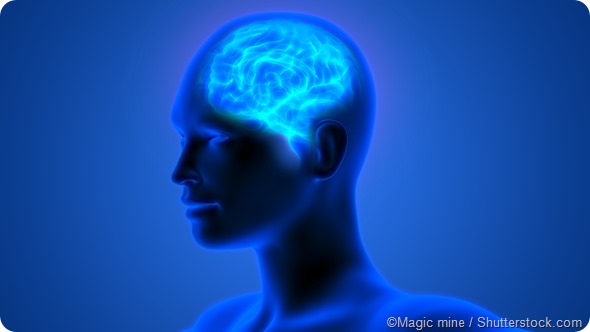A brain─computer interface has enabled people with “locked-in” syndrome to communicate, according to trial results published in PLOS Biology.
The device was able to decipher the thoughts of four patients who were unable to speak, move or blink and relay “yes” or “no” answers to basic questions.

The patients, who were aged between 24 and 76, all had advanced forms of amyotrophic lateral sclerosis (ALS), the most common form of motor neuron disease. In ALS, the brain loses the ability to control muscles and the patient eventually becomes trapped within their own body – they are able to think, but unable to move or talk.
Once patients are “locked in,” it is still possible for them to communicate using eye movements, but they eventually become “completely locked in,” and even this ability is lost. This was the case with the four patients included in the trial.
The patients were able to respond “yes” or “no” to the questions by thinking their answers, which the technology detects by measuring changes in the blood oxygen level in the brain. Examples of the questions asked included “Your husband’s name is Joachim?” and “Berlin is the capital of France?” The study authors found the system was accurate in relaying the patients thoughts 70% of the time.
The striking results overturn my own theory that people with completely locked-in syndrome are not capable of communication… If we can replicate this study in more patients, I believe we could restore useful communication in completely locked-in states for people with motor neuron diseases."
Niels Birbaumer, lead author of the research, Wyss Center for Bio and Neuroengineering, Geneva
The researchers also asked open questions such as whether the patients were happy. The response from the four patients was consistently “yes” when this question was asked repeatedly over weeks.
Birbaumer says the team was initially surprised to hear the patients felt positive about their quality of life. What they found was that, so long as patients received adequate care at home, they found their quality of life acceptable.
Director of the Wyss Center, John Donoghue says the restoring of communication in such patients is a crucial first step in the challenge to help them regain movement. At the center, researchers plan to build on the findings in order to develop useful technology that can be made available to patients who have become paralysed as a result of ALS, stroke or spinal cord injury.
The technology also has “broader applications that we believe could be further developed to treat and monitor people with a wide range of neuro-disorders," he adds.